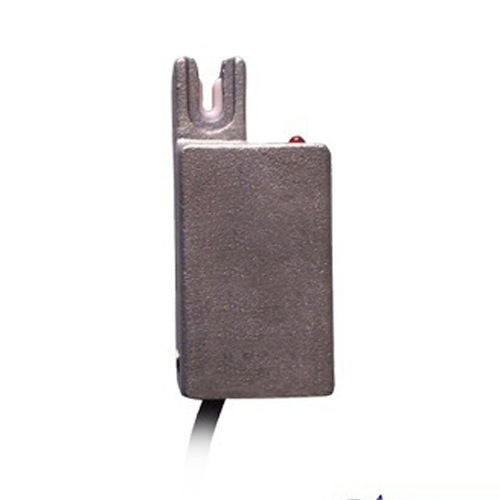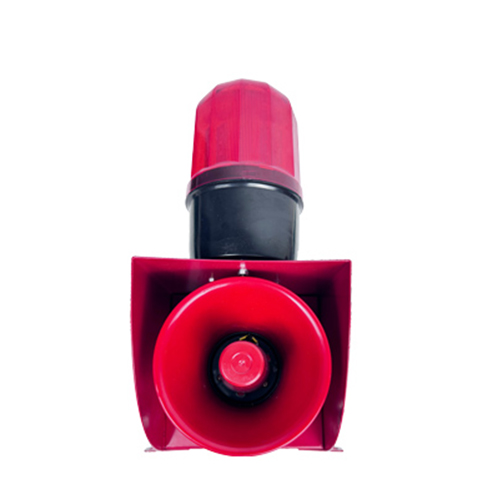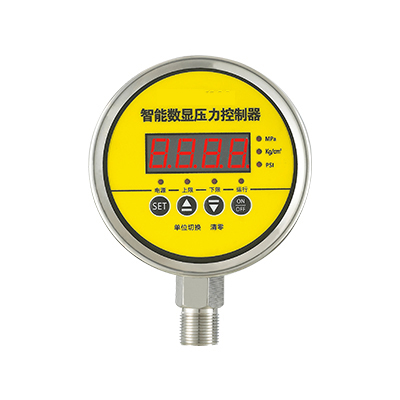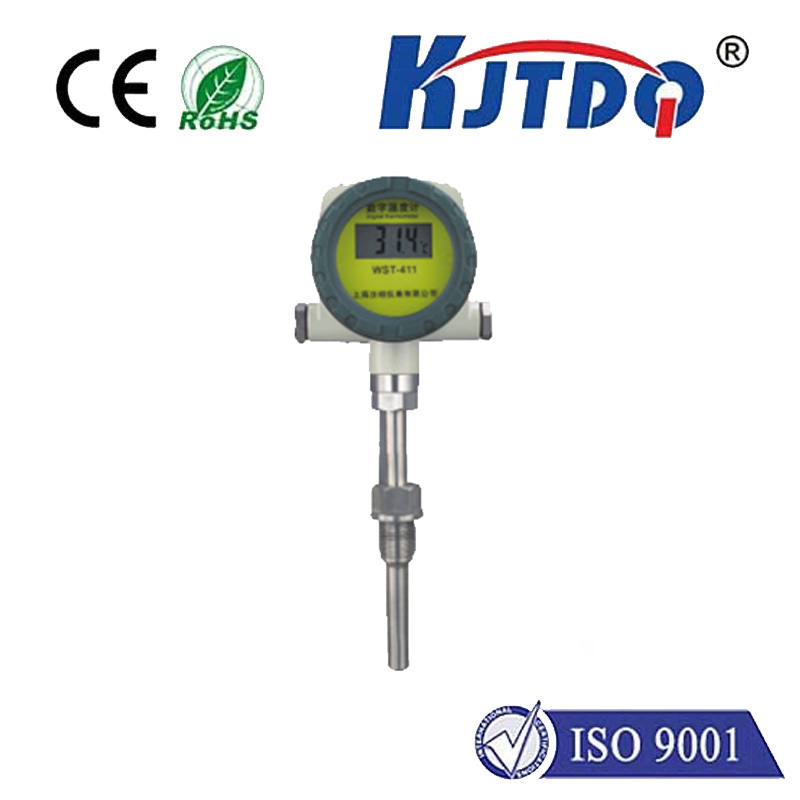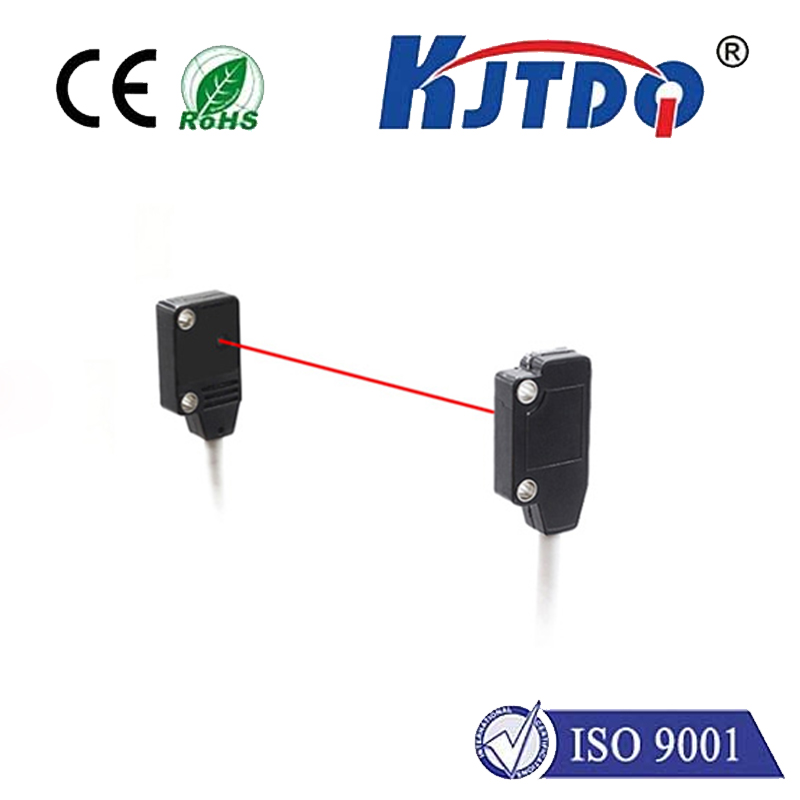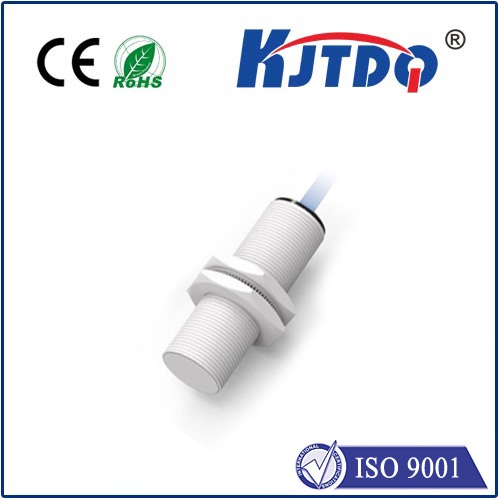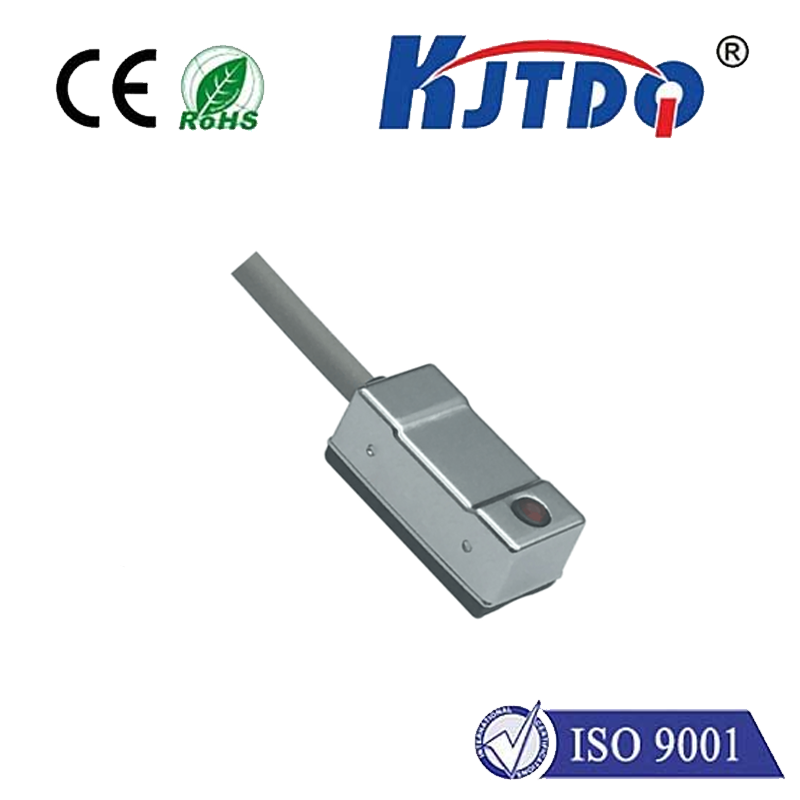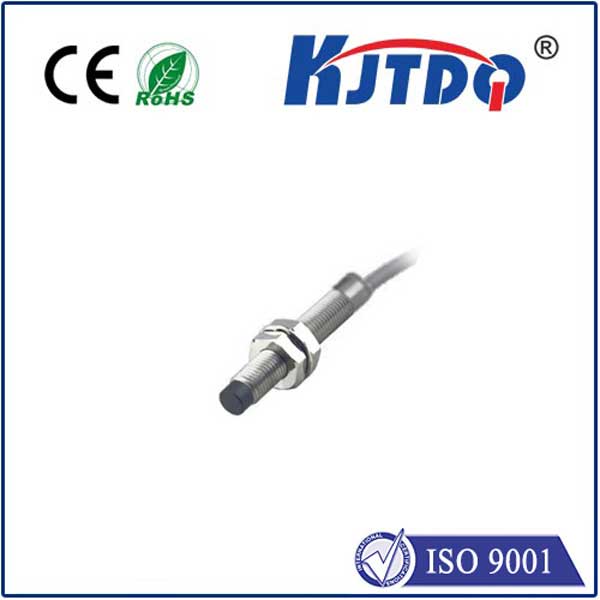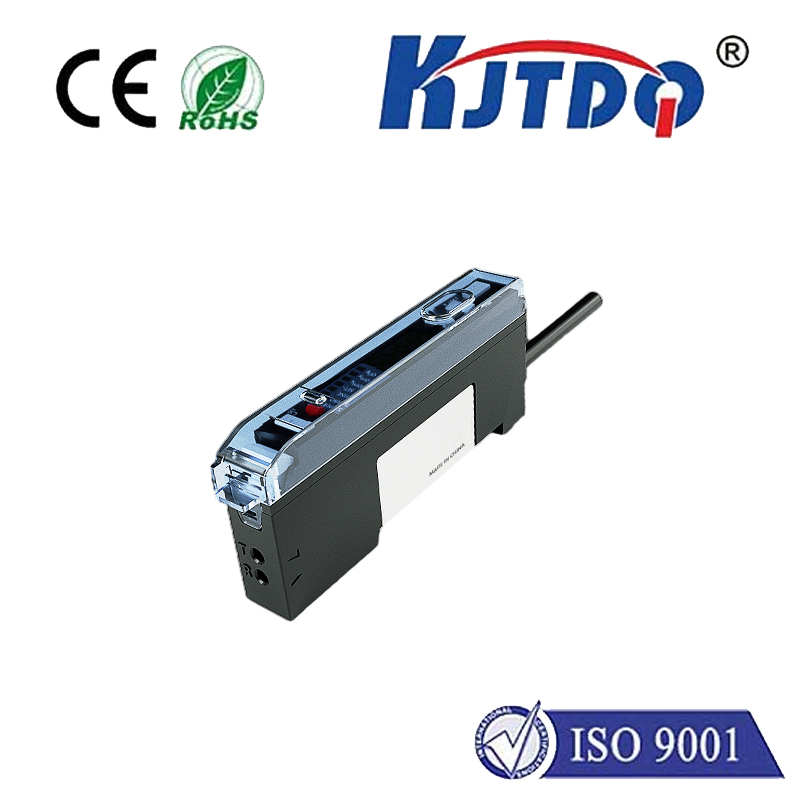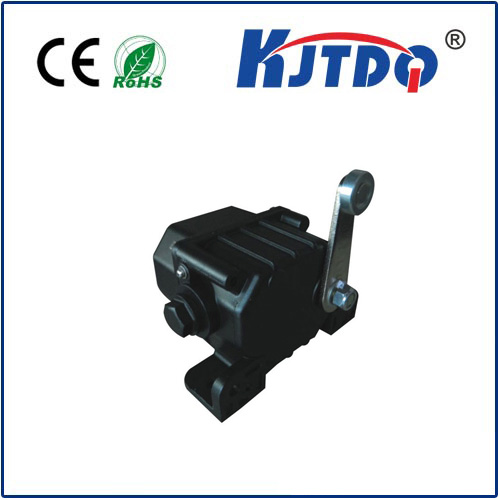

check

check

check

check

check

check

check

check

check

check
Laser Proximity Sensor: The Revolutionary Technology
In the world of technology, innovation is constantly pushing boundaries and changing the way we live. One such innovative technology that has been gaining popularity in recent times is the laser proximity sensor. This device has revolutionized the way we detect and measure distances, making it an essential tool in various industries.
The laser proximity sensor works on the principle of light detection and ranging (LiDAR). It emits a laser beam towards an object and measures the time it takes for the light to bounce back. This information is then processed to determine the distance between the sensor and the object. The accuracy of this measurement is unparalleled, making it a reliable tool for many applications.

One of the most significant advantages of the laser proximity sensor is its ability to detect objects with high precision, even in challenging environments. For instance, in the automotive industry, these sensors are used to detect obstacles on the road, helping drivers avoid accidents. Similarly, in the manufacturing industry, they are used to monitor machine parts and prevent collisions during production processes.
Moreover, laser proximity sensors are also widely used in the field of robotics. They help robots navigate their surroundings and perform tasks with greater accuracy and efficiency. In addition, these sensors are used in medical devices to measure blood pressure and other vital signs accurately.
The laser proximity sensor's versatility makes it an ideal choice for several applications. Its compact size and ability to operate in harsh conditions make it suitable for use in remote locations or hazardous environments. Furthermore, its non-contact nature ensures that there is no physical damage to either the object being measured or the sensor itself.
Another advantage of using a laser proximity sensor is its ability to provide real-time data. This feature is crucial in applications such as inventory management, where accurate and up-to-date information about product levels is essential. Additionally, these sensors can be integrated with other technologies, such as artificial intelligence and machine learning, to create sophisticated systems that can learn from their environment and adapt accordingly.
In conclusion, the laser proximity sensor is a revolutionary technology that has transformed various industries by providing accurate measurements and real-time data. Its versatility, reliability, and ability to operate in challenging environments make it an essential tool for businesses looking to improve their processes and increase efficiency. As technology continues to evolve, we can expect to see more innovative uses for this groundbreaking device.
